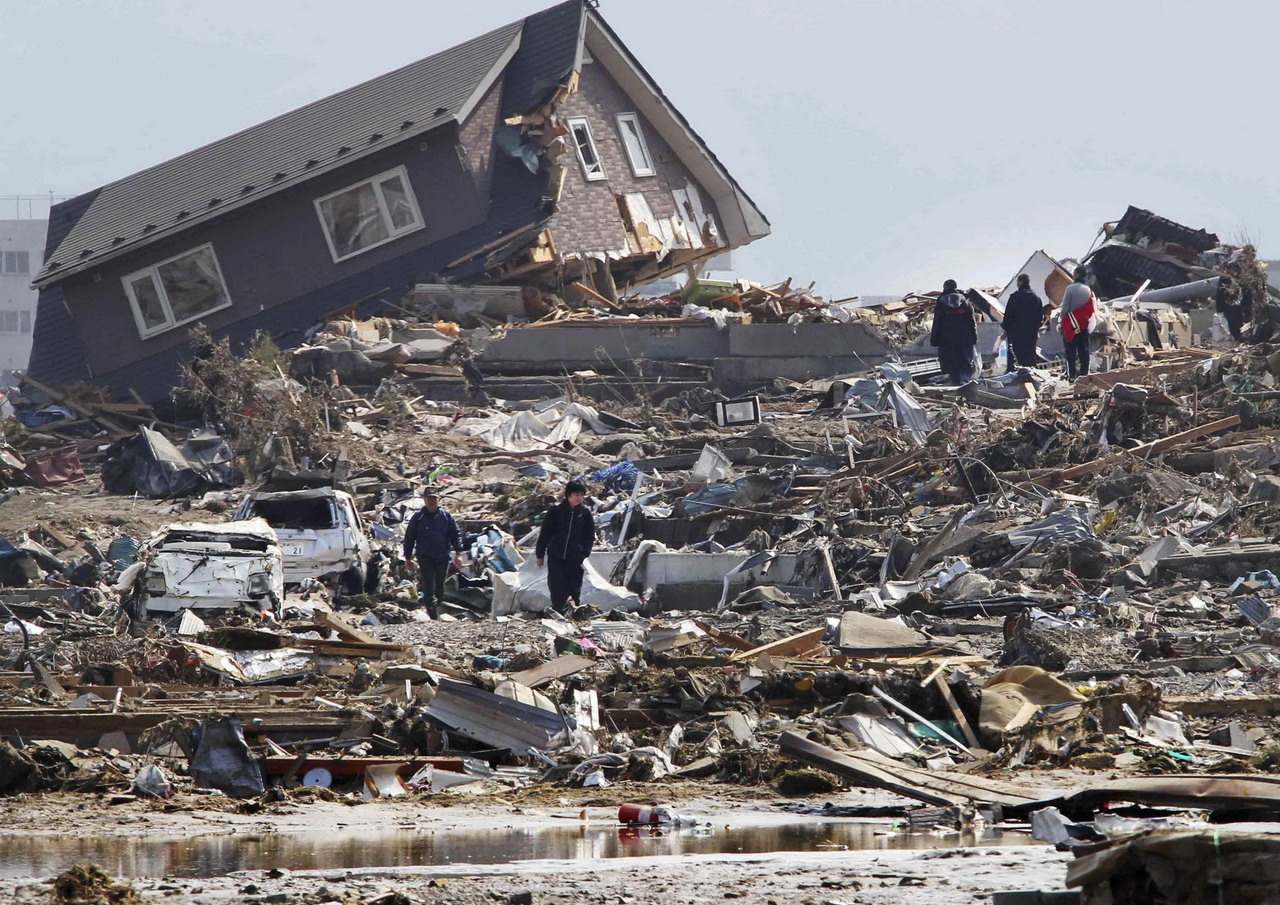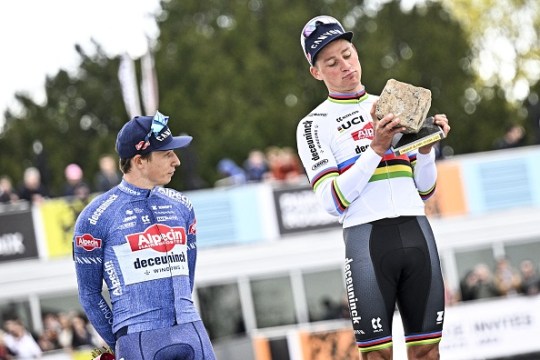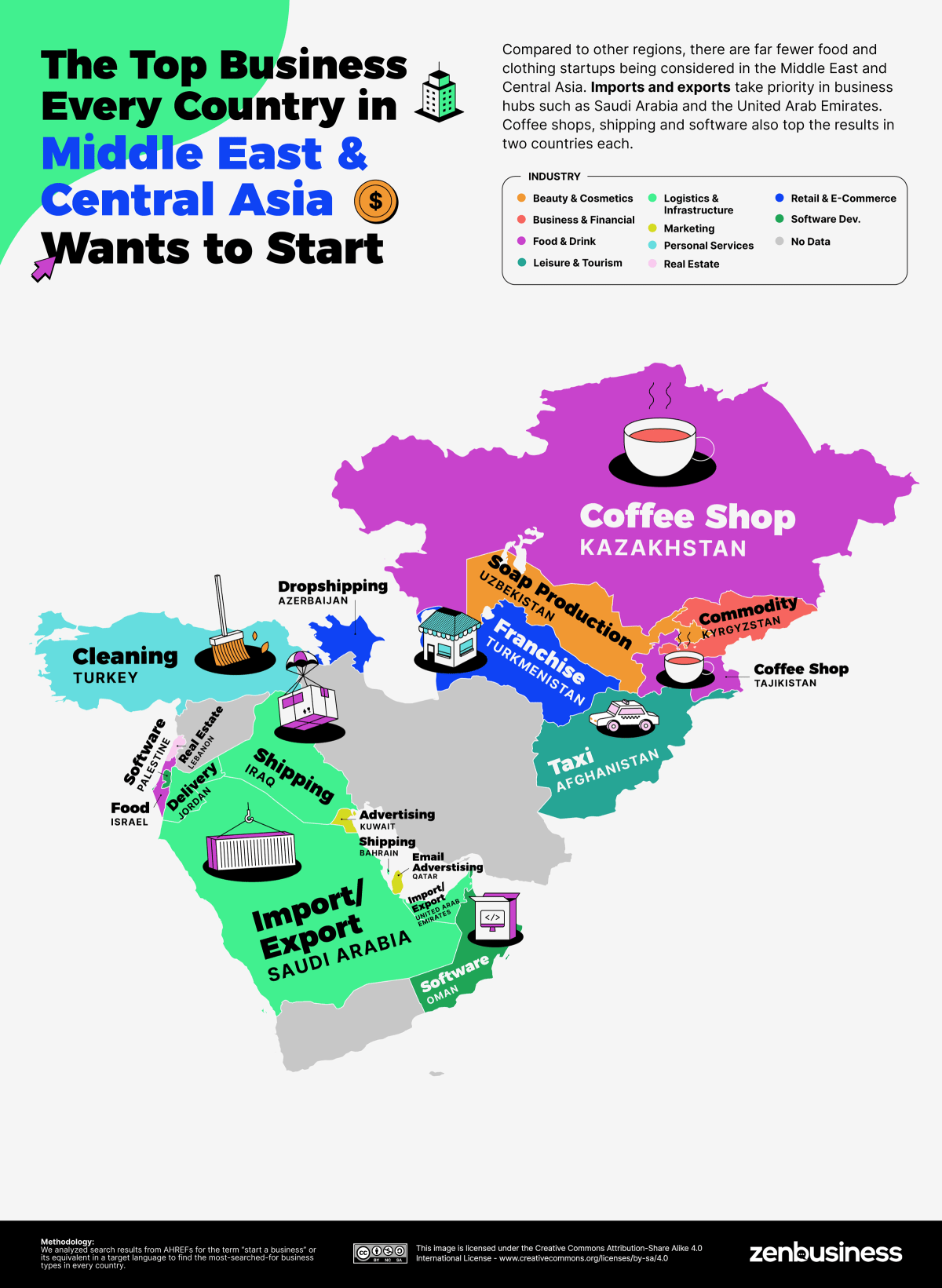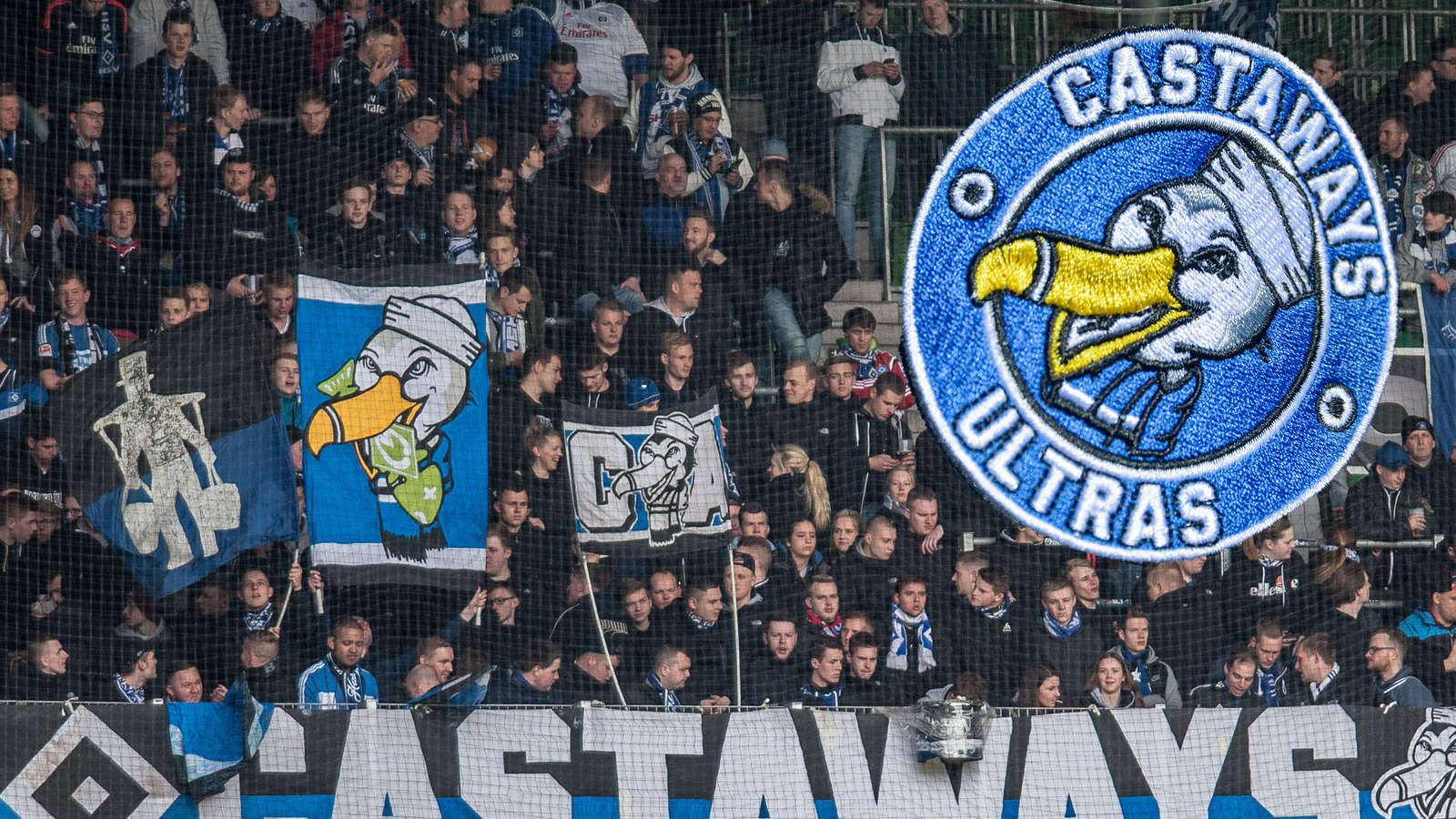The Hells Angels: Myths, Realities, And Public Perception

Table of Contents
The Myth of the Hells Angels: Media Portrayal and Popular Culture
The Hells Angels' image is largely shaped by media representation, often portraying them as a violent outlaw motorcycle gang (OMG) engaged in widespread criminal activity. This negative portrayal is consistently reinforced, creating a powerful and persistent stereotype.
Stereotypes and Sensationalized Media Coverage
- Hollywood's Influence: Movies like Easy Rider (while not explicitly about the Hells Angels, it contributed to the romanticized biker image) and countless other films and TV shows have depicted the Hells Angels (or similar groups) as inherently violent and lawless, perpetuating a negative stereotype.
- News Media Sensationalism: News reports frequently focus on instances of violence or criminal activity linked to the club, often neglecting the complexities of the group's internal structure and the diversity of its members. This selective reporting further reinforces the negative perception.
- Exaggeration and Dramatic License: The use of dramatic license and exaggeration in media portrayals significantly contributes to the mythical, often villainous, image of the Hells Angels. Details are often embellished for dramatic effect, leading to a distorted understanding of the group's activities.
The Romanticized Biker Image
Despite the overwhelmingly negative media coverage, a romanticized image of the Hells Angels persists in certain segments of society.
- Rebellion and Freedom: The biker lifestyle, often associated with rebellion against societal norms and a pursuit of freedom, has a strong appeal to some individuals. The Hells Angels, with their iconic imagery, represent this ideal to a certain extent.
- Fashion and Symbolism: The club's distinctive patches, leather jackets, and overall aesthetic have become symbols of rebellion and counter-culture, further contributing to the romanticized image. This imagery is often adopted and celebrated within specific subcultures.
- Music and Popular Culture: Music genres like hard rock and heavy metal have often featured lyrical themes and imagery associated with bikers and outlaw motorcycle gangs, contributing to the enduring appeal of this lifestyle.
The Reality of the Hells Angels: Criminal Activities and Law Enforcement
While the romanticized image persists, it's crucial to acknowledge the documented criminal activities associated with the Hells Angels.
Documented Criminal Activities
- Drug Trafficking: Law enforcement agencies across the globe have implicated Hells Angels chapters in drug trafficking, including manufacturing, distribution, and sale of illicit substances. Numerous convictions support these allegations.
- Violent Crime: The club has a long history of involvement in violent crime, including assaults, murders, and intimidation tactics used to maintain control and suppress rivals.
- Racketeering and Extortion: The Hells Angels have been linked to racketeering and extortion schemes, utilizing their reputation to leverage control over businesses and territories. FBI investigations have highlighted the club's involvement in these activities.
Internal Structure and Hierarchy
Understanding the Hells Angels requires examining their organizational structure.
- Chapter Organization: The club operates through a network of independent chapters, each with its own hierarchy and leadership. This decentralized structure allows for a degree of autonomy while maintaining overall club unity.
- Strict Hierarchy: The Hells Angels maintain a rigid hierarchy, with various ranks and responsibilities assigned to different members. This hierarchical structure facilitates coordination and control within the organization.
- Membership Requirements: Strict rules and initiation rites govern membership, creating a strong sense of loyalty and commitment among members. This exclusivity further solidifies the group's identity.
Public Perception and Shifting Attitudes Towards the Hells Angels
Public perception of the Hells Angels is constantly evolving, influenced by media narratives and ongoing investigations.
The Influence of Media and Public Opinion
- Social Media's Impact: Social media platforms contribute to shaping public perception through the rapid dissemination of information (and misinformation) about the Hells Angels.
- News Media Bias: News media coverage frequently focuses on negative aspects, potentially creating a biased view among the public.
- Docuseries and Documentaries: While aiming for objectivity, documentaries can still influence public perception, depending on their framing and the sources used.
The Complexities and Nuances of a Multifaceted Group
It's essential to acknowledge the internal diversity within the Hells Angels.
- Not All Members Are Criminals: It's inaccurate to generalize the entire club based solely on the actions of some members. Many members might not be directly involved in criminal activities.
- Legitimate Business Ventures: Some Hells Angels chapters have been linked to legitimate businesses, attempting to create a more public-facing image and diversify their revenue streams.
- Internal Conflicts: The Hells Angels, like any large organization, experience internal conflicts and power struggles that are not always reflected in public perception.
Conclusion
The Hells Angels Motorcycle Club remains a fascinating and controversial subject. This article has highlighted the stark contrast between the often-sensationalized media portrayals and the complex reality of the club's activities and internal structure. While acknowledging the documented criminal behavior of some members, it's crucial to avoid simplistic generalizations and recognize the multifaceted nature of this group. Understand the realities of the Hells Angels beyond the myths, and form your own informed opinion about the Hells Angels. Seek out diverse and reliable sources of information to gain a clearer and more nuanced understanding of this enigmatic organization.

Featured Posts
-
 Paris Roubaix Bottle Throwing Spectator Surrenders To Police After Van Der Poel Incident
May 26, 2025
Paris Roubaix Bottle Throwing Spectator Surrenders To Police After Van Der Poel Incident
May 26, 2025 -
 Selecting The Right Nike Running Shoes For 2025
May 26, 2025
Selecting The Right Nike Running Shoes For 2025
May 26, 2025 -
 Discovering The Countrys Next Big Business Areas
May 26, 2025
Discovering The Countrys Next Big Business Areas
May 26, 2025 -
 Jadwal Moto Gp Inggris 2025 Hasil Fp 1 Race Dan Siaran Langsung Trans7
May 26, 2025
Jadwal Moto Gp Inggris 2025 Hasil Fp 1 Race Dan Siaran Langsung Trans7
May 26, 2025 -
 Hsv Aufstieg In Die Bundesliga Emotionen Und Fakten Zum Aufstiegsspiel
May 26, 2025
Hsv Aufstieg In Die Bundesliga Emotionen Und Fakten Zum Aufstiegsspiel
May 26, 2025
